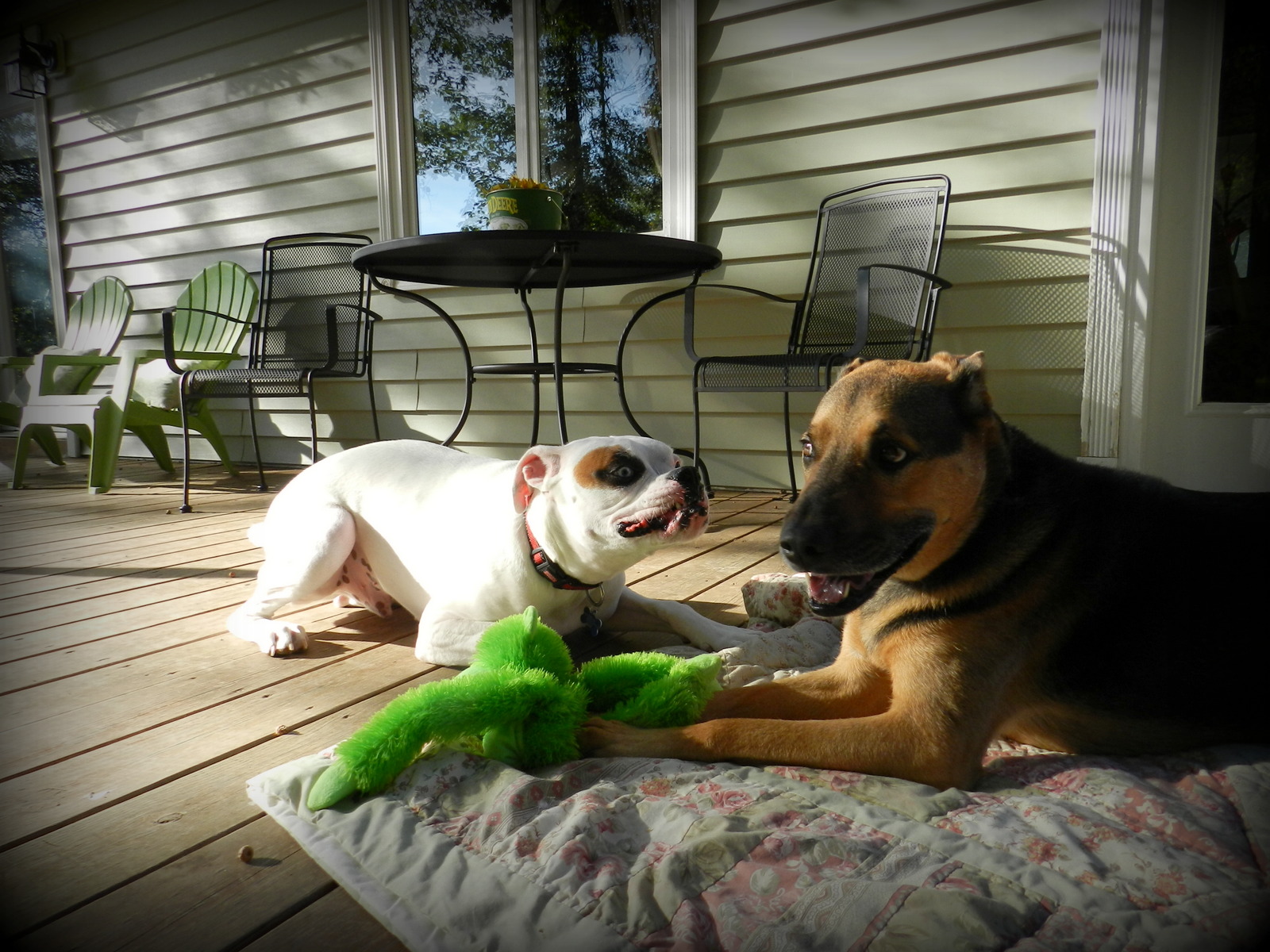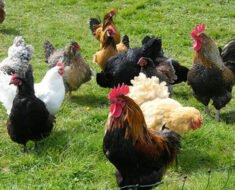Do you worry about your dog getting possessive over your kids’ toys? Resource guarding can create tension and even lead to accidents at home.
You want everyone—your kids and your pet—to feel safe and happy around the toys scattered on the floor. But how do you stop your furry friend from turning a simple playtime into a stressful standoff? Keep reading to discover easy, effective ways to prevent resource guarding around your children’s toys.
Your home can be a place of fun and peace for everyone.
Signs Of Resource Guarding
Resource guardingshows in many ways around kids’ toys. Dogs may growl or snap when others get close. They might stand stiff or stare at the toy, showing they want to keep it. Some pets hide toys or carry them away to a secret spot. Watch for stiff bodies, low growls, or even lunging. These signs mean the pet feels worried or scared about losing the toy.
Early signals can be small but important. A quick snap or stiff posture can warn of guarding. Some dogs freeze when someone tries to take their toy. Others may bark or move between the child and toy. Noticing these signs helps stop fights before they start. Careful watching keeps kids and pets safe.

Credit: www.preventivevet.com
Why Resource Guarding Happens
Resource guardingis a natural behavior in animals and some children. It comes from instinctsthat protect valuable items. These items might be toys, food, or special places. Territorialitymeans feeling the need to guard what belongs to them.
The environmentplays a big role. If a child feels crowded or stressed, guarding can increase. Routine changescan also make kids feel unsure, leading to more guarding. Consistent rules and spaceshelp kids feel safe and less protective.
Understanding these causes helps adults respond calmly. Teaching sharing and respect for others’ things reduces guarding. Creating a calm space for toys also lowers guarding behavior.
Safe Toy Zones
Creating safe toy zoneshelps reduce fights over toys. Assign a specific area for play. This space keeps toys away from other rooms.
Organize toys in bins or shelves. Label each container with pictures or words. Kids learn where to find and return toys easily.
Clear rules in the play area help children understand sharing. Teach children to ask before taking toys. This lowers resource guardingand keeps peace.
| Tip | How It Helps |
|---|---|
| Designate Play Areas | Keeps toys in one place and reduces conflict |
| Use Storage Bins | Makes cleaning up easy and teaches organization |
| Set Sharing Rules | Encourages respect and prevents guarding behavior |

Credit: deafdogsrock.com
Training Techniques
Teaching sharingstarts with showing kids how to take turns. Use simple words like “your turn” and “my turn” to help them understand. Practice sharing with toys during playtime. Praise kids when they share nicely. This helps build good habits.
Sharing signalsare small signs kids learn to show they want to share. Teach children to ask politely, like saying “Can I play?” or holding out a toy gently. These signals help avoid fights over toys.
Positive reinforcementmeans giving praise or rewards when kids share well. Say things like “Great job sharing!” or give a small sticker. This makes sharing feel good and encourages children to keep doing it.
Managing Interactions
Always keep an eye on children when they play with toys. Supervising playtimehelps prevent fights over toys. Watch how kids share and step in early if you see any signs of resource guarding. Kids may grab or hide toys to keep them safe.
Speak softly and calmly when you need to intervene. Avoid yelling or sudden moves that might scare children or pets. Use the same calm words each time a problem starts. This helps kids learn what is okay and what is not.
Using Distractions Effectively
Redirecting attentionhelps stop kids or pets from guarding toys. Offering a different toy or activity grabs their focus away. This breaks the habit of guarding and makes playtime calm. Use a favorite toy or a treat to catch their eye quickly.
Introducing new toys slowlyis important. Give one toy at a time, not all at once. This helps children learn to share and feel safe with each new item. It stops them from feeling worried about losing toys.
| Tip | Why It Works |
|---|---|
| Redirect Attention | Shifts focus, reduces guarding behavior |
| Introduce Toys Gradually | Builds trust and sharing habits |
Involving Kids In Prevention
Kids should learn to respect pets’ personal space. Teach them to stay calm near pets, especially around toys. Show children how to ask for permissionbefore touching a pet or its belongings. Explain that pets need their own safe spot to relax without being disturbed.
Encourage gentle handling by showing kids how to touch softlyand avoid grabbing toys from pets. Praise children when they behave kindly with animals. This helps pets feel safe and lowers chances of resource guarding.
Practice role-playing games where kids ask for a pet’s toy nicely. This can make lessons fun and easy to remember. Clear rules about sharing space and toyshelp keep peace in the home for both pets and kids.
When To Seek Professional Help
Signs of escalating aggressioninclude growling, snapping, or lunging at kids near toys. If these actions happen often, it could be unsafe to ignore. Watch for stiff body language or intense staring too. These signs show the dog may feel very threatened.
Finding a trainer or behavioristhelps manage this problem safely. Choose someone with experience in dog aggression around children. They can teach the dog to feel calm and share space. Trainers use gentle methods to change how the dog reacts.
A professional can give advice on safe play areas and toy sharing. Early help stops the behavior from getting worse. It also keeps kids and pets safe at home.

Credit: clickertraining.com
Frequently Asked Questions
What Is Resource Guarding Around Kids’ Toys?
Resource guarding is when a pet protects toys or items aggressively. Around kids’ toys, it means pets may growl or snap to keep toys. This behavior can be risky for children and should be managed carefully.
How Can I Prevent Resource Guarding Near Children?
Prevent guarding by teaching pets to share and trade items. Supervise interactions between pets and kids. Use positive reinforcement to reward calm behavior around toys. Consistent training reduces guarding and keeps everyone safe.
Why Do Pets Guard Kids’ Toys At Home?
Pets guard toys due to instinct, fear of loss, or possessiveness. Toys may seem valuable or fun to them. Understanding this behavior helps in applying proper training to prevent guarding incidents.
When Should I Seek Professional Help For Resource Guarding?
Seek help if your pet shows frequent aggression near toys. Professional trainers or behaviorists can offer tailored strategies. Early intervention ensures safety and improves pet behavior around children.
Conclusion
Preventing resource guarding around kids’ toys keeps everyone safe and happy. Teach children and pets to share and respect each other’s space. Set clear rules and supervise playtime closely. Use positive reinforcement to encourage good behavior. Consistency helps build trust between kids and pets.
Small steps lead to big changes over time. Creating a calm and friendly environment reduces tension. Everyone enjoys playtime more when sharing feels easy. Keep practicing these tips for a peaceful home. Safety and fun go hand in hand.




